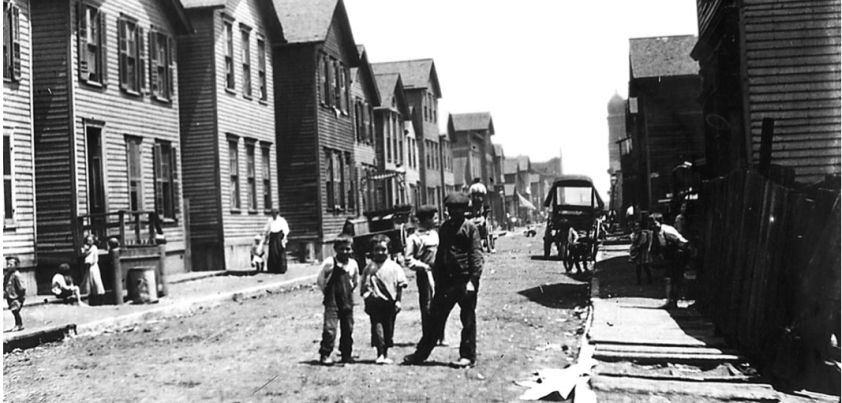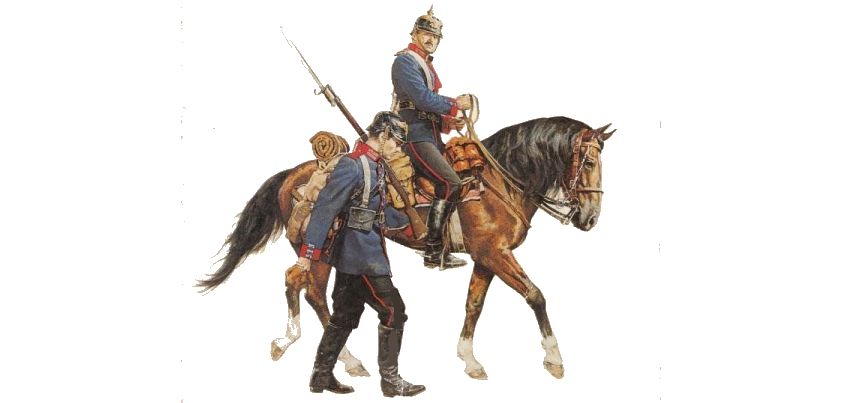 Sometimes famous stories of the past, like this one by Vaikom Muhammad Basheer, solve problems in ways that would not be acceptable today. A mismatched couple (an uneducated “town rowdy” and university-educated, “fashionable lady”) begin their marriage at odds with one another. Frustrated by trying to change her husband into her idea of a gentleman, the haughty wife is constantly nagging and ill-tempered. The man calmly puts up with this until a quest to find poovan pazham (dessert bananas) proves too much. Themes include non-traditional marriage, social expectations vs. personal freedom, marital quest, gratitude, “education”, guilt, love, nostalgia. More…
Sometimes famous stories of the past, like this one by Vaikom Muhammad Basheer, solve problems in ways that would not be acceptable today. A mismatched couple (an uneducated “town rowdy” and university-educated, “fashionable lady”) begin their marriage at odds with one another. Frustrated by trying to change her husband into her idea of a gentleman, the haughty wife is constantly nagging and ill-tempered. The man calmly puts up with this until a quest to find poovan pazham (dessert bananas) proves too much. Themes include non-traditional marriage, social expectations vs. personal freedom, marital quest, gratitude, “education”, guilt, love, nostalgia. More…
The Soft Touch of Grass
 In this story by Luigi Pirandello, a “not old and yet no longer young” man is full of emptiness and despair following the death of his wife. In accordance with Italian tradition, his married son becomes “man of the house” and consigns him to a remodeled servant’s room in the courtyard. Alienated, he spends his days watching children play in a nearby park. A misunderstanding by a young girl when he bends to take off his shoes so he can feel the grass under his feet sends him home in misery. Themes include loss, grief, despair, aging, alienation/isolation, loneliness, relativism. More…
In this story by Luigi Pirandello, a “not old and yet no longer young” man is full of emptiness and despair following the death of his wife. In accordance with Italian tradition, his married son becomes “man of the house” and consigns him to a remodeled servant’s room in the courtyard. Alienated, he spends his days watching children play in a nearby park. A misunderstanding by a young girl when he bends to take off his shoes so he can feel the grass under his feet sends him home in misery. Themes include loss, grief, despair, aging, alienation/isolation, loneliness, relativism. More…
Two Dollars
 The major themes of this Sharona Vedol story from Spider Magazine are compassion and generosity. Set during the Great Depression, a young girl accompanies her father to collect rent from families in their apartment blocks. She sees first-hand the hardship being experienced by tenants, and is impressed by the respect and understanding her father shows for each family. She is shocked when they come to a family who have no money left over for food, and worries her father will be angry about something she buys with the two dollars he gives her to buy them groceries. More…
The major themes of this Sharona Vedol story from Spider Magazine are compassion and generosity. Set during the Great Depression, a young girl accompanies her father to collect rent from families in their apartment blocks. She sees first-hand the hardship being experienced by tenants, and is impressed by the respect and understanding her father shows for each family. She is shocked when they come to a family who have no money left over for food, and worries her father will be angry about something she buys with the two dollars he gives her to buy them groceries. More…
The Prussian Officer
 The central themes of D. H. Lawrence’s The Prussian Officer are homoerotic attraction and abuse of power. An aristocratic officer becomes envious of and sexually attracted towards his orderly. Drawn by the twenty-two-year-old’s youthful innocence and vigor, the officer denies and tries to repress his feelings. Sensing what is happening, the orderly is cooler than usual towards him. The agitated officer responds cruelly, and the tension between them mounts until reaching a point where the orderly can take no more. Minor themes: (the officer) jealousy, denial, obsession, sadism; (the orderly) duty, loss of innocence, humiliation, isolation, loss of self-control. More…
The central themes of D. H. Lawrence’s The Prussian Officer are homoerotic attraction and abuse of power. An aristocratic officer becomes envious of and sexually attracted towards his orderly. Drawn by the twenty-two-year-old’s youthful innocence and vigor, the officer denies and tries to repress his feelings. Sensing what is happening, the orderly is cooler than usual towards him. The agitated officer responds cruelly, and the tension between them mounts until reaching a point where the orderly can take no more. Minor themes: (the officer) jealousy, denial, obsession, sadism; (the orderly) duty, loss of innocence, humiliation, isolation, loss of self-control. More…
The Secret Source
 The world described in this Ben Okri story is not a pleasant place. Cities are decaying, rivers and oceans are so polluted they contain no life, ground water is undrinkable, and households are limited to just fifteen minutes of tap water a day. When a couple discover this is synthetic and contains chemicals designed to reduce dissent among the population, they embark on a quest to find a source of pure water. The ambiguous denouement encourages readers to ponder what life would be like in a world without freshwater. Themes include environmental degradation, urban decay, government manipulation and control. More…
The world described in this Ben Okri story is not a pleasant place. Cities are decaying, rivers and oceans are so polluted they contain no life, ground water is undrinkable, and households are limited to just fifteen minutes of tap water a day. When a couple discover this is synthetic and contains chemicals designed to reduce dissent among the population, they embark on a quest to find a source of pure water. The ambiguous denouement encourages readers to ponder what life would be like in a world without freshwater. Themes include environmental degradation, urban decay, government manipulation and control. More…